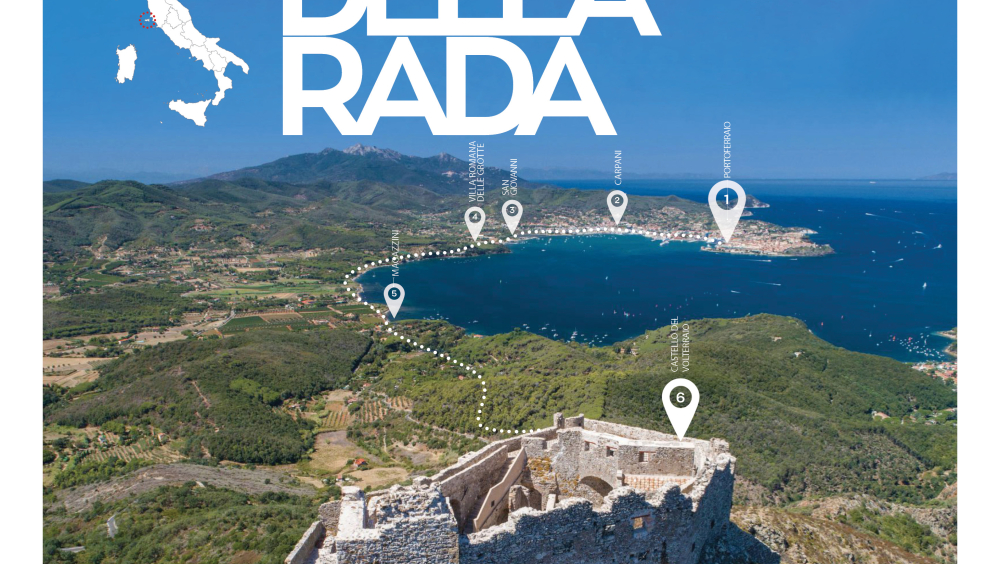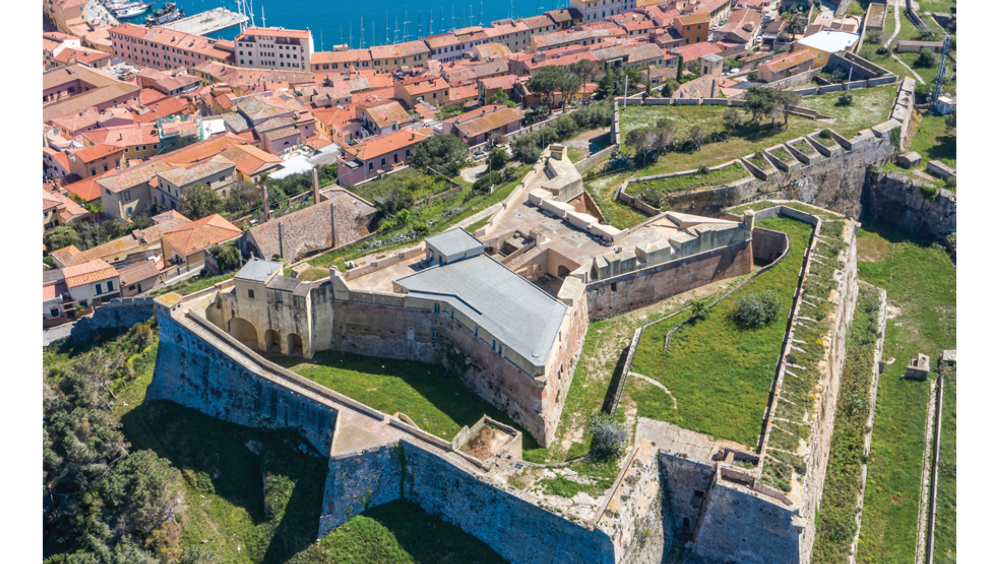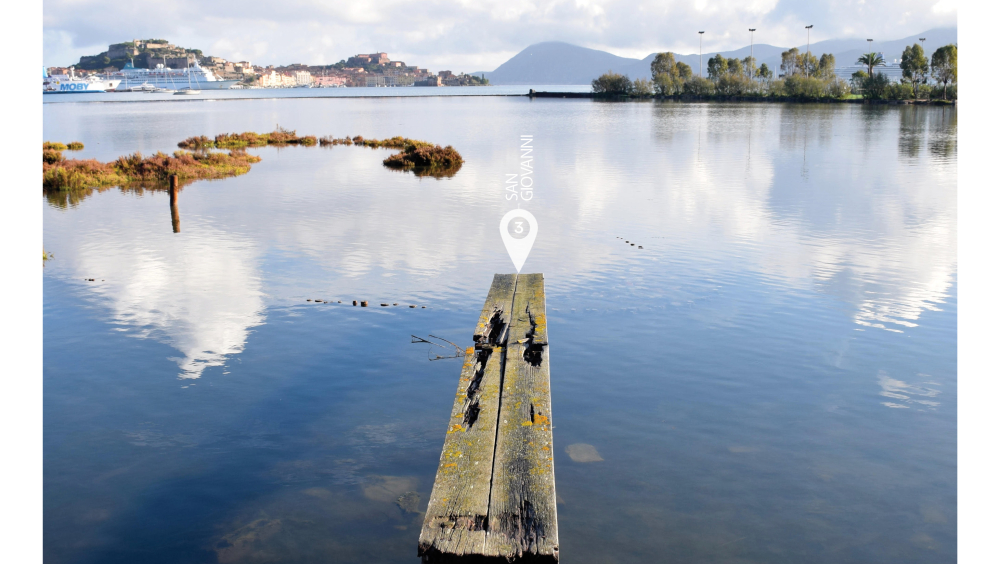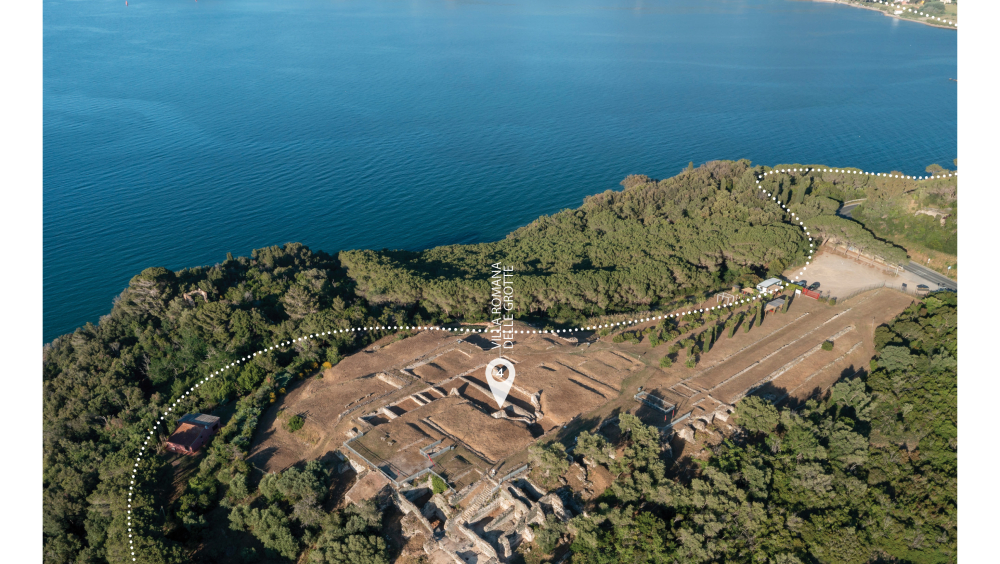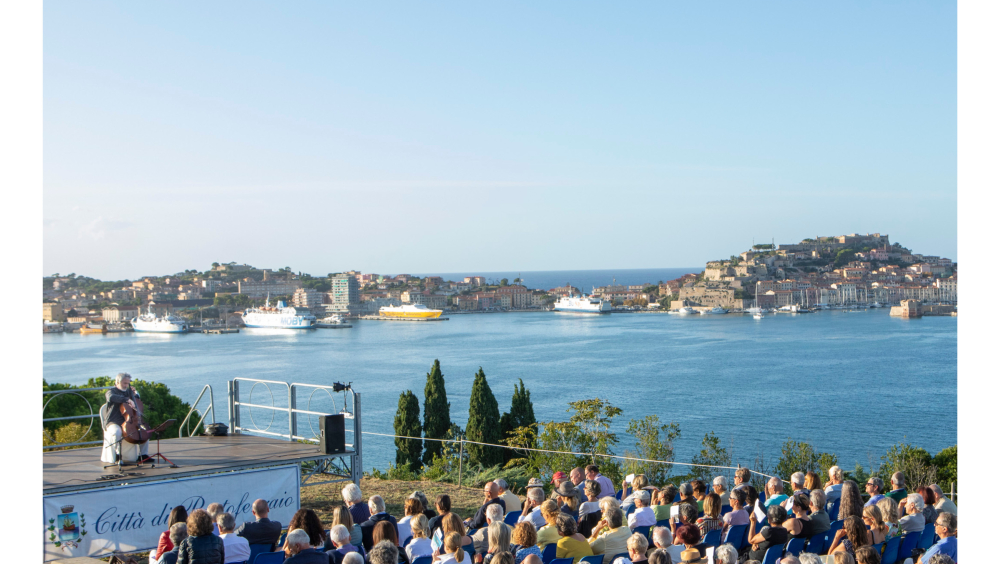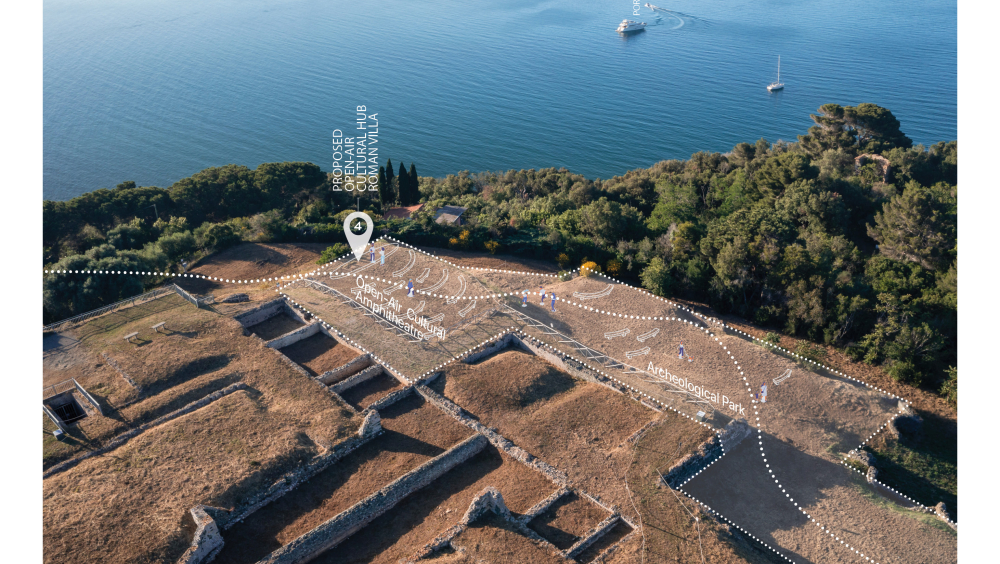The Roman Amphitheater: A Cross-Cultural Community Hub
It all started one summer night. Four people, representing three cultural and environmental associations, and an archaeology professor met to discuss the creation of the “Cammino della Rada”, a cultural and nature trail in the gulf of Portoferraio, on the island of Elba. The route begins at the 16th c. fortified town of Cosmopolis and ends at the top of the 13th c. Volterraio Castle in the Tuscan Archipelago National Park. In the middle of this journey stands the 1st c. BC Grotte Roman Villa. The sights overlook a magnificent panorama, known since ancient times, from the myth of the Argonauts to Barbaresque pirates, from Emperor Augustus to Napoleon. The Park and the Portoferraio municipality joined forces and together we created a project that went straight to people’s hearts, opening up a cultural and natural network. Now, it is time to take this project even further. It is the Grotte Foundation’s wish to offer our public space and ideas through the development of a meeting point at the center of this new trail. Intended as an open-air landscaped amphitheater, this new "hub" acts as a cultural mid-point of the walk on the terraces of the roman villa. These stages act as a space for inclusive and cross-frontier community engagement, with a panorama merging 3.000 years of Mediterranean history. Inspiring awe, Le Grotte is a destination found in travels, literature, and history, with social events, concerts, and educational programming, welcoming visitors, schools and children, and research groups. While working with limited resources, we hosted the European Youth Orchestra and International Poetry Festival. This is why Le Grotte represents so much of our common heritage. Placed in the middle of the Bay Trail itinerary, it tells history through the lens of Mediterranean nature and the unforgettable sea, imprinted in the landscape.
Sailing along the Tyrrhenian coast, you encounter a range of islands not far from one another, full of landing sites celebrated since ancient times, with generous natural water supplies, and fertile, known as the Tuscan Archipelago. The history of the archipelago, and Elba, its main island, is rich with stories from the Roman era as the land is dotted with Ancient Roman villas built between the Augustan age and the early imperial age. Elegant, and imposing, they are the most prestigious recognition of the value of our coasts. A choice consecrated by how spectacular each of the chosen sites is, on the sea and at the heart of this project. The wind, the sea, and the desire to explore: from Rome, the island was an integral part of the pulsating life of the empire. It is home to otium and understood as a space for physical and intellectual well-being and at the same time a hub for entrepreneurial activities of the most important families of imperial Rome. They are linked to the commercial exploitation of natural resources such as the mines of Elba and the granite quarries on the islands of Giglio and Elba. Built on promontories and spectacular places, never banal, never taken for granted. These were strategic places, for the traffic of commerce, the sighting of arriving ships, navigation control, safety for landings, and attention to winds and tides. Particularly suggestive is the belvedere of the complex which shows the entire coastline of the semicircular harbor of Portoferraio. It has been appreciated over the centuries, from the Etruscans to Napoleon: the Roman Villa of Linguella and the Roman Villa delle Grotte are central elements of the recently created “Cammino della Rada" (Bay Trail) which will embrace the great gulf, from the Medici Cosmopolis to the Volterraio Fortress, at the gates of the National Park. Intended as a means to connect people with the territory, through education, culture, and sports, this seeks to rupture a seasonal tradition where summer is king, instead dominating full-year attention. With culture, and with a proposed cultural open-air hub for events at the heart of this Roman Villa, we believe we bring change to a connected European island, where the extended community is heard and proudly active. The knowledge of the islands of the Tuscan Archipelago can be read through the lens of this maritime complex, brought to life by the activities of a private foundation, born in 1996 to preserve this prestigious place. These activities are supported by the Italia Nostra cultural association, which has been transforming, since 2016, into an ideal and generous transfer of the property to the Municipality of Portoferraio, as part of the Museum System of the Tuscan Archipelago. At the heart of the trail, the villa, already excavated between the 60s and 70s of the last century, is experiencing a renewed season of studies. In addition to the recovery of the archaeological site and artifacts, this research project aims to create a complete digital archive of the collected data, in close collaboration with the University of Siena, its teachers with university students, following didactic lines of professional development and research. All this was born thanks to intertwined contributions, from funding given by the Ministry of Culture to the generous donation from the German foundation Wissenschaftsförderung gGmbH, from the Region of Tuscany, together with a mainly local patronage that affectionately embraces, one can say, the Fondazione Villa Romana delle Grotte in its latest path of rebirth and openness towards the local community, in the full interpretation of the principles of the Faro Convention and in the sharing of European and international ideals. In the spirit of rebirth, our European Heritage project seeks to give meaning and space to this local and European history, tradition, and culture. Located at the heart of the Cammino della Rada, our foundation proposes the creation of an open-air amphitheater and landscaped park, as a new cross-seasonal and cultural hub. The permanence of an open-plan design reflective of the Roman Forum, with seating, local landscaping, and guided informational panels along the bay’s path will ingrain this opportunity for rebirth. On some days this can remain a park for collective memory, the inclusion of the young and elderly together, and space for archeological exploration. On others, this would act as a new hub for events, from music concerts, hiking or bird watching, yoga, school performances, and community-led events to list a few. It would promote the growth of this restored nature walk and heritage of the Rada, the local community, the island as a cultural hub, and a European site. Even the monumental complex of the Roman Villa delle Grotte on the island of Elba underlines the intention of creating a direct relationship with the sea, due to the chosen position, the alignment of architectural elements with natural views, and the presence of the thermal baths. The distinctive element is in fact the "open front" design and rooms close to the shore, with spectacular port structures, docks, heated spas, panoramic terraces, and even amphitheaters. The monumental opening towards the sea completes the external environment with the internal spaces and the large gardens. The water, used in nymphaeum and swimming pools, continues to play an important role. “Water, water, water” is the phrase often repeated by the archaeologists of the University of Siena who are carrying out an ambitious project for its rebirth. Springs and cisterns have also been chosen for restoration by the Superintendency for Archaeology, Fine Arts and Landscape, and the Ministry of Culture. Active natural springs, cisterns, vaults, arches, "caves", conduits, and wells are a backdrop that welcomes visitors to experience the town’s water supply of the time. It had a large, safe harbor for sailing ships, an inlet protected from all winds and even remembered by Horace Nelson as the safest port in the ancient and modern Mediterranean. This project would bring back this historical role of the villa as a hub for cross-cultural exchanges, as a means for a cross-seasonal cultural rebirth.
Today "the Caves", as the locals like to call the archaeological site, remain iconic, where everyone meets and recognizes each other, animates it, adding elements of sharing, from the new "park within the park", to connecting with students of all ages. It is a UNICEF Italy point for the protection of children, bike-friendly, and offers a privileged welcome for those arriving by public transport. It is a venue for concerts of the highest international level, art exhibitions, festivals, and is chosen by couples for the famous "yes”. Visiting them today means walking, or sailing, along itineraries that wind through cultural and natural landscapes of particular charm, where archeology becomes part of itineraries made of sights, smells, and emotions for the great routes of navigation of the ancient Mediterranean civilizations. From the 12th century BC, they contributed to the birth of a "koiné", a Mediterranean cultural community. They are united by a great heritage that we find in archaeological, ethnic, anthropological, cultural, and naturalistic sites and also in the intangible heritage of the Mediterranean. Selected by the 7th Forum of European Cultural Itineraries, it has become a UNESCO MAB Reserve of the Tuscan Islands project and joined CETS European Charter for Sustainable Tourism; became a member and award recipient of the Phoenicians' Route Cultural Itinerary of the Council of Europe; had a stand at the PALAIS DE L’EUROPE in Strasbourg; and is a member of FEISCT European Federation of Historical Cultural and Tourist Itineraries. The “Caves (Grotte) of the Roman Villa” was selected as one of the most valuable examples of a cultural foundation in Italy. In all our activity, the new generation of young adults create innovative models in their respective specializations that open the site to other disciplines and great collaborations, academic analysis and research of excellence and merit.
